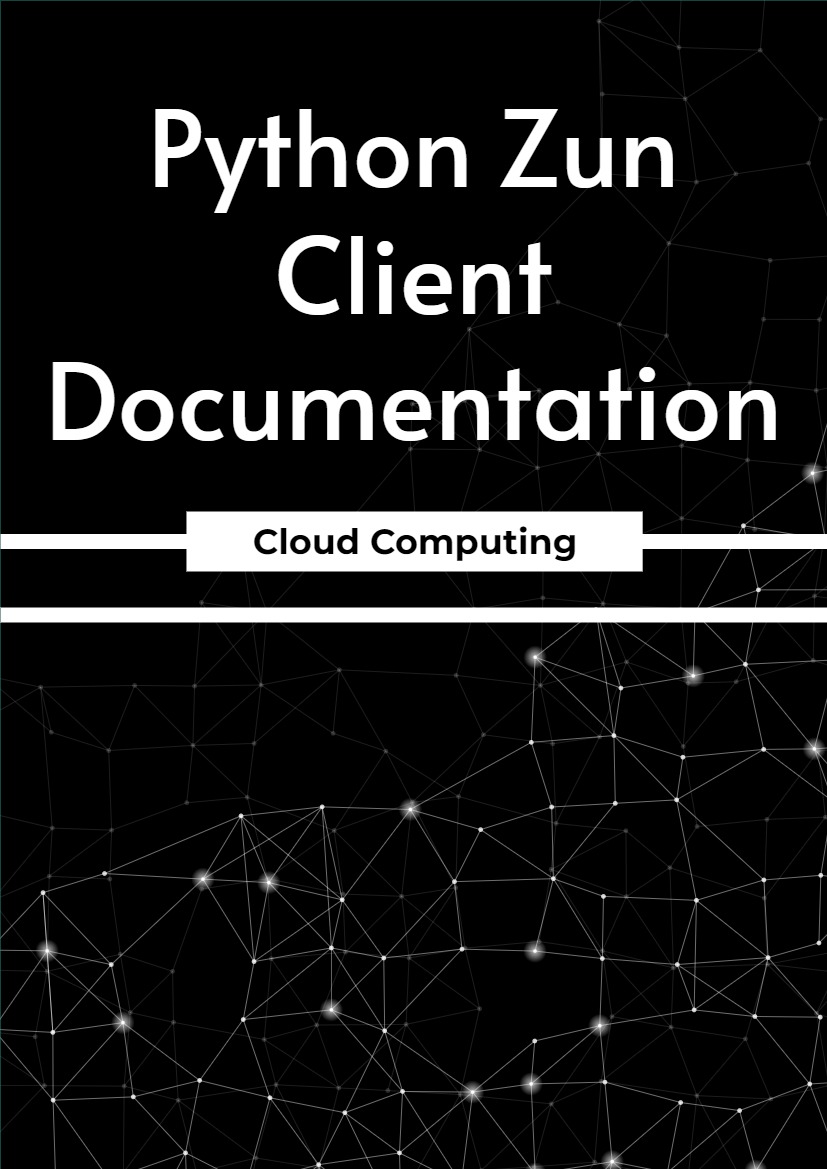Chapter One – Contents
Installation Guide
At the command line:
$ pip install python-zunclient
Or, if you have virtualenvwrapper installed:
$ mkvirtualenv python-zunclient
$ pip install python-zunclient
User Documentation
Zun CLI man page SYNOPSIS
Zun operation use zun command, and also support use openstack command.
zun [options] <command> [command-options]
openstack appcontainer <command> [command-options]
DESCRIPTION
The zun command line utility interacts with OpenStack Containers Service (Zun). In order to use the CLI, you must provide your OpenStack username, password, project (historically called tenant), and auth endpoint. You can use configuration options os-username, os-password, os- tenant-name or os-tenant-id, and os-auth-url or set corresponding environment variables:
export OS_USERNAME=user
export OS_PASSWORD=pass
export OS_PROJECT_NAME=myproject
export OS_AUTH_URL=http://auth.example.com:5000/v3
export OS_USER_DOMAIN_ID=default
export OS_PROJECT_DOMAIN_ID=default
OPTIONS
To get a list of available commands and options run:
zun help
To get usage and options of a command:
zun help <command>
You can also use openstack command as follow. To get a list of available commands run:
openstack help appcontainer
To get usage and options of a command:
openstack appcontainer <command> –help
EXAMPLES
List all the containers:
zun list
Create new container:
zun run –name container01 IMAGE01
Describe a specific container:
zun show container01
You can also use openstack command as follow.
List all the containers:
openstack appcontainer list
Create new container:
openstack appcontainer run –name container01 IMAGE01
Describe a specific container:
openstack appcontainer show container01











